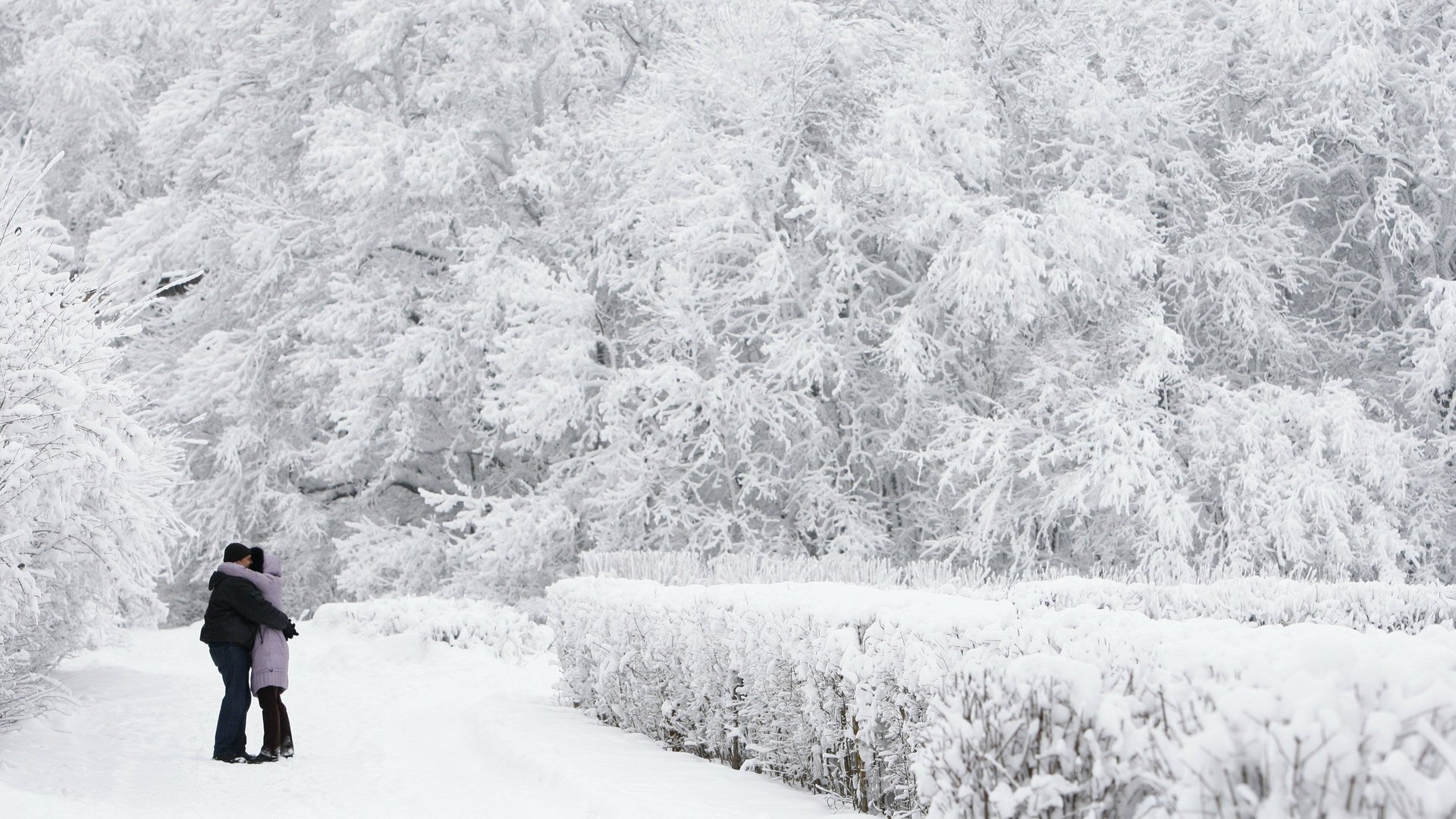The untranslatable Scandinavian words for coziness describe a very particular winter joy
If you think those living in the American northeast have it bad, then spare a thought for the people of Scandinavia. Winter in these countries is especially cold and bleak, with long hours of darkness and, in some of the northernmost regions, barely a glimmer of sunlight.


If you think those living in the American northeast have it bad, then spare a thought for the people of Scandinavia. Winter in these countries is especially cold and bleak, with long hours of darkness and, in some of the northernmost regions, barely a glimmer of sunlight.
And yet, Scandinavians don’t seem to feel sorry for themselves—in fact, the countries have some of the highest happiness rates in the world (pdf).
Jaime Kurtz, psychology professor at James Madison University who teaches a course on Scandinavian happiness, says the Danish word hygge (pronounced hooga) is key to understanding why they seem to thrive in winter.
There’s no direct English translation for hygge, but the word evokes both coziness and togetherness. “It’s not just cozy with a blanket and a glass of wine,” Kurtz tells Quartz. “It’s also interpersonally cozy—so having a few people with you talking about issues and things you care deeply about. Having some candles lit, maybe a nice warm drink in your hand. Feeling safe and content.”
Scandinavians don’t simply have strategies for coping with the winter months, says Kurtz, but “embracing and enjoying them.” People live in tune with the seasons, she says, and so while they do plenty of outdoor activities in the summer, they then enjoy the benefits of indoor life in the winter.
“I’ve heard Danes and Norwegians talk about how they really look forward to winter, because they get to cultivate this side of themselves,” says Kurtz. Spending time indoors with family and friends is considered equally important to their psychological wellbeing.
Other psychologists have identified a similar phenomenon. Kari Leibowitz, a social psychology doctoral student at Stanford University, spent several months conducting research in Tromsø, Norway. Despite the fact that the sun doesn’t rise between November and January, the residents don’t seem to suffer much wintertime depression.
Together with Joar Vittersø, a psychologist at the University of Tromsø, Leibowitz developed a “wintertime mindset scale” to evaluate how people in Norway perceive the coldest months. She found that those further north in Norway have more positive wintertime mindsets, and that such an outlook is positively correlated with well-being.
“According to my friends, winter in Tromsø would be full of snow, skiing, the Northern Lights, and all things koselig, the Norwegian word for ‘cozy’,” she wrote in an article for The Atlantic. “By November, open-flame candles would adorn every café, restaurant, home, and even workspace.” (Though “cozy” is the best English translation for koselig, the word is the Norwegian equivalent of hygge. And for those in Norway, it evokes much more than simple coziness—a sense of intimacy, togetherness and inner warmth, a world lit by candles and snuggled under blankets.)
By contrast, Americans have a tendency to endure rather than enjoy the winter months. Complaints of Seasonal Affective Disorder are common, for example, though a recent survey of 34,294 Americans didn’t find evidence of seasonal variations in depression.
“For many of us in America, the winter is something to get through,” says Kurtz. “We have football and beer and then we just look forward to the spring.”
Adopting the Scandinavian winter mindset might not be natural for those in the US, but it can’t hurt to adopt a more optimistic outlook. “Don’t feel like you have to hibernate alone,” says Kurtz. “And enjoy the pleasures of indoor life.”